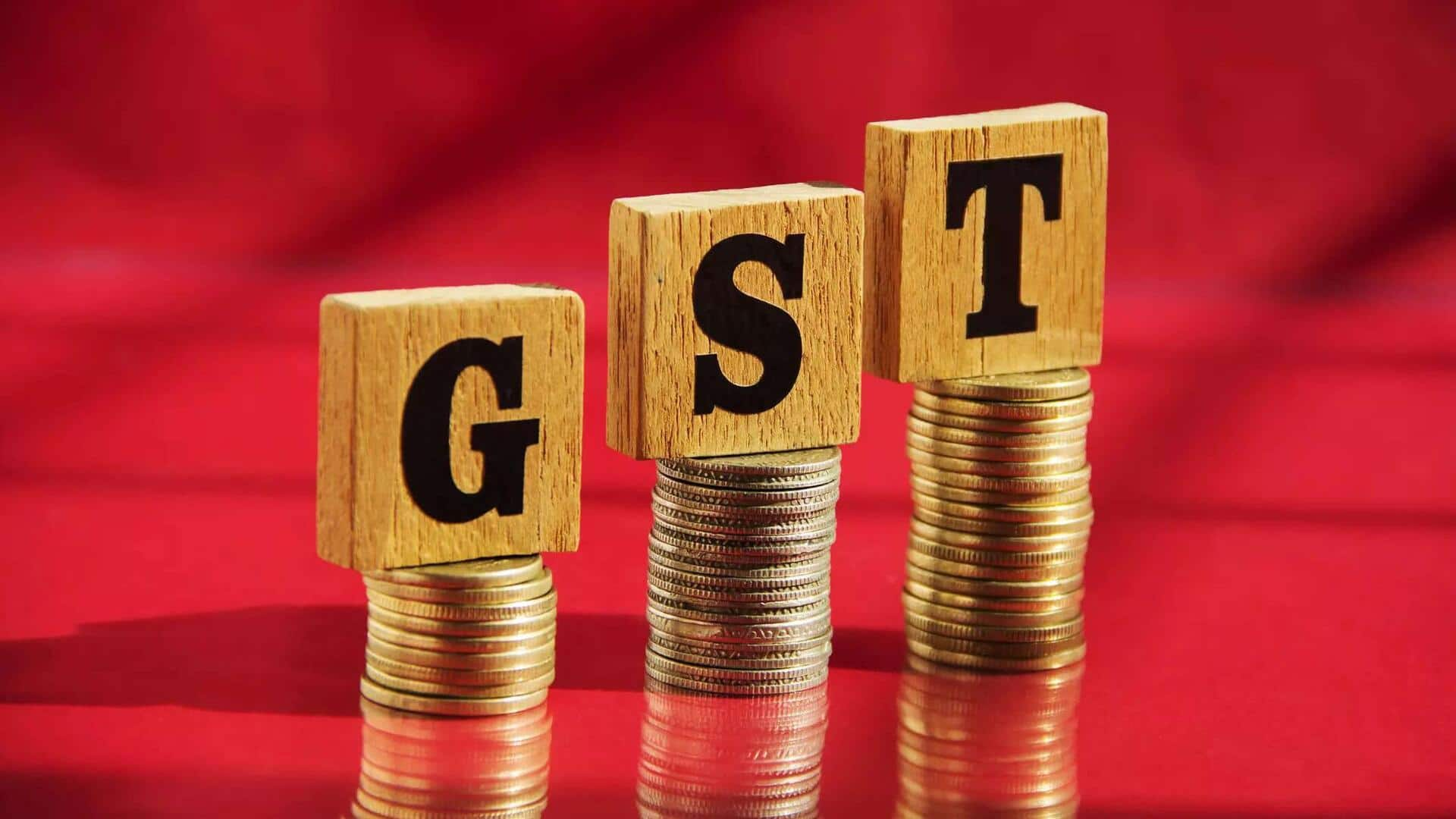
Why GST confusion persists for ride-hailing apps in India
What's the story
The Goods and Services Tax (GST) Council has imposed an 18% GST on local delivery services provided by e-commerce operators (ECOs), including popular food delivery platforms like Zomato and Swiggy. The new levy will be in addition to the existing 5% GST that these aggregators collect on behalf of restaurants. The added cost is likely to be passed onto users of these food aggregator apps.
Uncertainty persists
Legal ambiguity remains
Unlike food delivery services, ride-hailing apps like Uber, Rapido, and Ola are still waiting for clarification on the applicability of GST to passengers under a subscription model. In this model, drivers already pay an 18% fee on their monthly platform fees. Meanwhile, Zomato and Swiggy have argued that they should not be liable for the new levy as their contractually defined service is provided by delivery partners to customers, not by them directly.
Facilitator function
Rise of subscription model raises questions on GST applicability
The role of ride-hailing apps as facilitators has increased with the rise of the subscription model. Under this system, passengers select 'cash' as their payment option and pay fares directly to drivers, either in cash or through UPI. Drivers then pay a periodic fee to access the platform. However, legal ambiguity remains over whether the 5% GST should apply even under this model, since apps are arguably still providing a service to passengers.
Divergent decisions
Contradictory rulings create confusion
The Karnataka bench of the Authority for Advanced Ruling (AAR) ruled in November last year, that Uber is liable to collect and pay 5% GST under subscription model, even without collecting any payment from the passengers. However, an earlier ruling by the same bench on an application by Namma Yatri stated it was not required to collect GST from passengers as it only connects drivers with them.